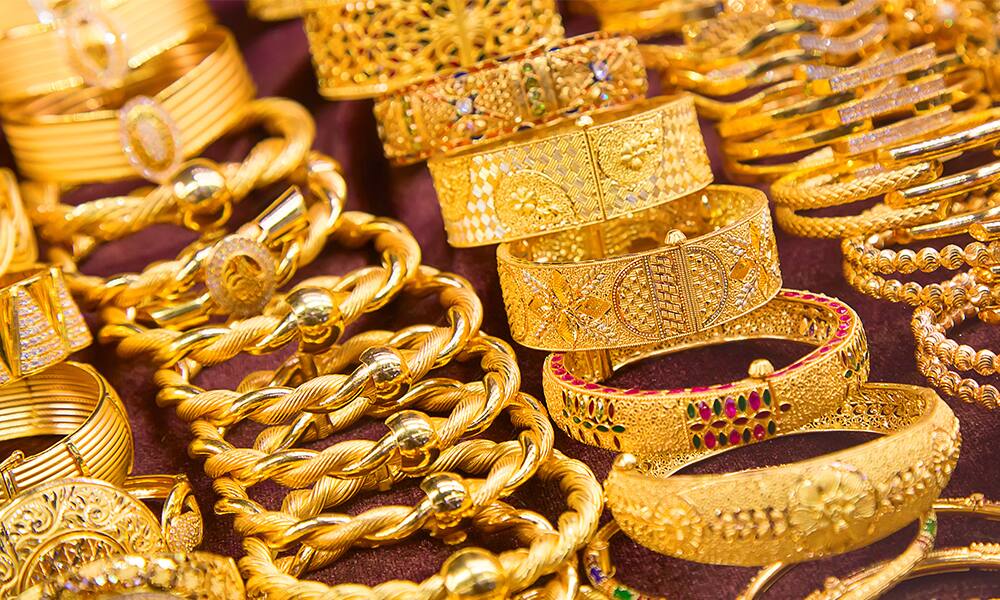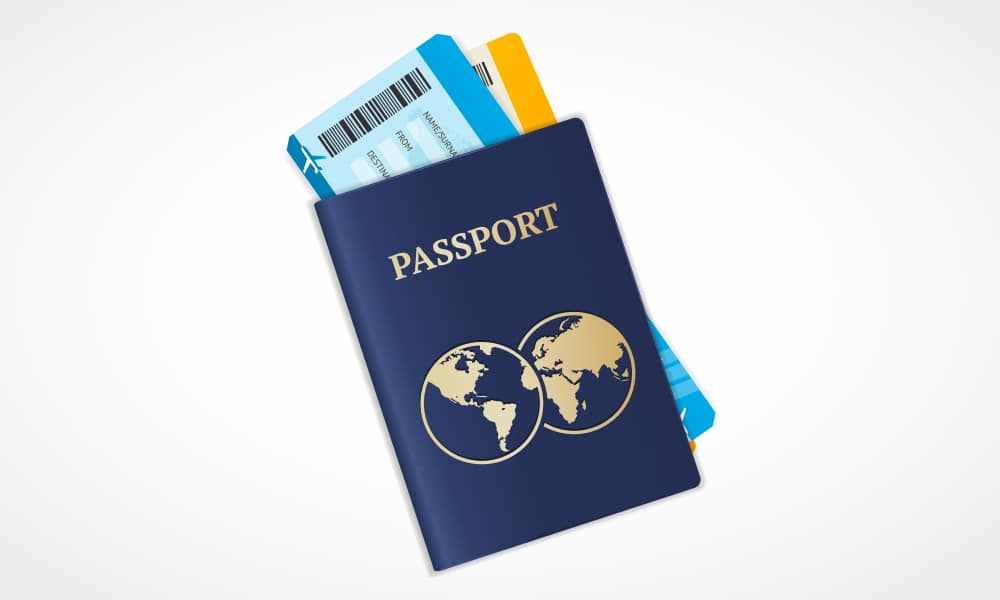- 1
- 2
- 3
- 4
- 1Destinations
- 2Trip Date
- 3Travellers
- 4Medical history
Popular Destinations

Now covers COVID-19
Things to Know Before Visiting the Philippines
The Philippines, a stunning archipelago of over 7,000 islands, is famous for its breathtaking beaches, rich history, and vibrant cities. Popular spots like Boracay, Palawan, and Manila are magnets for travellers craving relaxation or adventure. To ensure a smooth journey, consider the essential things to know before travelling to the Philippines, such as the local customs, travel requirements, and cultural nuances.
Travel Insurance Plans on PolicyBazaar#1
- Individuals
- Sr. Citizens
- Students
Philippines at a Glance!
The Philippines has long been a dream destination for beach lovers and adventurers. In 2023, the nation received approximately 5.5 million international tourists, significantly higher than the total number from the previous three years combined. Due to its many attractions, you may be ready to hop on a flight to this wondrous destination, but there are some quick things to know before going to the Philippines.
| Category | Specification |
| Major Airports | ✅ Ninoy Aquino International Airport (Manila) ✅ Mactan-Cebu International Airport |
| IDL Requirement for Tourists | ✅ An International Driving License (IDL) is recommended for driving in the Philippines. |
| Minimum Budget for 1 Person | ✅ Daily costs range from approximately INR 3,600 to INR 7,300 for food, accommodation, travel, and activity fees. |
| Average Temperature | ✅ Tropical climate with temperatures between 25°C to 32°C; Dry season runs from November to April. |
| Best Time to Visit | ✅ During the dry season between January and April. |
| Driving Side | ✅ Vehicles drive on the right-hand side of the road. |
*Please note that the costs are subject to change as per the current rate of conversions.
Philippines Visa Requirements for Indian Nationals
Indian nationals planning to visit the Philippines, whether for tourism, business, studies, or work, must apply for a visa and meet certain conditions to ensure a smooth process. To apply for a Philippines visa, the following documents must be submitted to Philippines immigration officials:
- Valid Passport: Must be valid for at least six months beyond the intended stay.
- Visa Application Form: Completed and signed.
- Photographs: Two recent passport-sized photos.
- Financial Proof: Bank statements for the last six months or proof of tax payments.
- Flight Reservation: Confirmed return or onward tickets.
- Accommodation Proof: Hotel booking or proof of lodging.
To avoid delays or issues, all documentation must adhere to the guidelines specified by the Philippines eVisa website.
The visa fees depend on the purpose of your visit and the duration of your stay. Here is a breakdown of the fees:
- 9(A) Temporary Visitor's Visa (Pleasure & Business): USD 40 (INR 3,346.59 approx.).
- 9(A)-6 Foreign Media Visa and Accreditation: USD 30 (INR 2,509.95 approx.).
- 9(C) Seaman Visa: USD 20 (INR 1,673.30 approx.).
- 9(E) Foreign Government Official Visa: No fee.
- 9(F) Student Visa: USD 250 (INR 20,916.21 approx.).
- Special Non-Immigrant 47(A)(2) Visa: No fee.
*Please note that the costs are subject to change as per the current rate of conversions
7 Things to Know About the Philippines
Planning your trip to the Philippines is a breeze when you know these key insights. From transportation tips to understanding the local culture, here are 10 things to know before visiting the Philippines:
-
Jeepneys Are Colourful Moving Pieces of Art
One of the most iconic sights in the Philippines is the jeepney-a vivid, artfully decorated vehicle that has become a symbol of Filipino ingenuity. Fashioned initially from surplus military jeeps post-World War II, jeepneys have transformed into a unique mode of transport, adorned with colourful and elaborate designs that showcase local creativity. Riding in a jeepney offers a glimpse into daily life and an authentic Filipino experience.
-
Karaoke is a National Passion
In the Philippines, karaoke is a pastime and a beloved tradition that spans generations. You'll find karaoke machines everywhere, from private homes to bars and family gatherings, where locals enjoy belting out their favourite tunes. It is not uncommon for tourists to be invited to join spontaneous singing sessions. If you're feeling up to it, take the microphone and give it a go! Filipinos are known for their warmth and encouragement, making connecting with new friends a fun and memorable way.
-
Filipino Time is a Real Thing
The “Filipino Time” concept is ingrained in the Philippines and reflects the locals' relatively relaxed attitude to punctuality. Although sticking closely to scheduled times is the norm in India, Filipinos take a more flexible approach. This is a cultural quirk that could catch you off-guard if you are someone who is used to managing your time strictly. If you're invited to a gathering, you should expect a bit of leeway. Events-incredibly informal ones-often start later than planned. Embracing this laid-back time-keeping approach can help you enjoy a more relaxed and stress-free visit.
-
The Quirky Use of English
While Filipinos are proficient in English, their playful use of local slang and transformation of the common meanings of English words and phrases adds a unique twist to conversations. Tourists might stumble over expressions like "jeepney" or learn new meanings for familiar words. The creative blend of English and Filipino languages can lead to lighthearted exchanges, often breaking the ice with locals.
-
A Nation Fascinated with Basketball
In the Philippines, basketball is more than just a sport-it is a way of life. You'll find makeshift basketball courts in both bustling city streets and quiet rural areas, where people of all ages come together to play or cheer on local games. The sport's universal appeal makes it an excellent way for tourists to connect with locals.
Whether watching a pickup game or joining in for a round, the shared passion for basketball can create bonds that transcend language and cultural barriers.
-
The Unique Balut Snack Experience
Balut, a boiled fertilised duck egg with a developing embryo, is a street food delicacy that challenges many tourists' palates. While it may seem unfamiliar or intimidating at first, balut is cherished by Filipinos for its rich flavour and nutritional value. Trying balut can open up fascinating conversations about food traditions and local cuisine if you're adventurous.
-
The Phenomenon of the “Boodle Fight”
A “boodle fight” is a unique and fun Filipino dining experience where food is served on banana leaves spread out on a long table. Diners eat with their hands, sharing a communal meal that typically includes rice, grilled meats, seafood, and vegetables. This tradition originated from the military but has become famous for family gatherings and celebrations. It is a great way to bond with locals and enjoy a feast in a casual, convivial setting.
Travel Tips for the Philippines
Staying prepared makes all the difference during your trip. To ensure that your travel and stay are as smooth and enjoyable as possible, there are certain things to know before travelling to the Philippines:
-
Vaccination Requirements
Make sure you're vaccinated for hepatitis A and B, typhoid, and rabies before heading to the Philippines, according to the Centres for Disease Control and the World Health Organisation. You should also consider an additional adult booster of the polio vaccine due to the increase in cases globally.
-
Travel Insurance
When planning your trip, one of the things to do before going to the Philippines is securing travel insurance - a recommended step for peace of mind. This coverage should extend to medical emergencies, trip cancellations, and lost luggage, protecting you against unexpected events. Medical expenses can escalate quickly, especially if illness or injury requires care abroad. With comprehensive insurance, you can enjoy your adventure knowing that unforeseen situations won't derail your plans.
-
Currency in the Philippines
The Philippine peso (PHP) is the official currency; you'll find it divided into 100 centavos. It is wise to carry smaller denominations of pesos for local purchases, as many vendors may struggle to provide change for larger bills. Credit cards are widely accepted in cities and tourist hubs, but cash remains essential in rural areas where ATMs might be scarce. One of the things to do before visiting the Philippines is to check the prevailing PHP/INR exchange rate online to budget for your trip.
-
Useful Phrases to Enhance Your Experience
Although many locals speak English, knowing a few basic Filipino phrases can significantly enrich your time in the Philippines by helping you connect with the people you meet. Words like "salamat" (thank you), "po" (a polite term), and "kamusta?" (how are you?) show respect for the language and culture. Even if your vocabulary is limited, Filipinos appreciate when visitors make an effort. This small gesture can lead to warmer, friendlier exchanges.
-
Clothing Choices for Comfort and Style
Given the tropical climate, breathable fabrics like cotton or linen are ideal for staying cool while exploring the Philippines. These lightweight materials are perfect for the warm weather, but bringing rain gear during the wet season (June to November) is also a good idea when sudden downpours can catch you off guard. When visiting religious sites or rural areas, it is respectful to dress modestly by covering your shoulders and knees.
-
Staying Connected with Local SIM Cards
Connecting in the Philippines is simple with a local SIM card from providers like Globe or Smart. These cards offer affordable data plans, giving you easy access to the internet for maps and social media and keeping in touch with loved ones back home. Having a local number also makes communicating with tour operators or accommodation providers easier during your trip.
-
Charging Devices
The Philippines uses plug types A, B, and C with a 220V standard voltage. To avoid the inconvenience of your battery running out just before you make an essential call or snap that perfect holiday picture, make sure to bring adapters for your devices.
FAQs
-
Q1: Can you use foreign credit cards in the Philippines?
Ans: Yes, but it Is advisable to carry cash, especially in rural areas where credit card acceptance may be limited. -
Q2: What are typical travelling costs in the Philippines?
Ans: Daily expenses usually range between INR 3,600 to INR 7,300, depending on your chosen activities and accommodations. -
Q3: Can you use WhatsApp with a local SIM in the Philippines?
Ans: If you have data or Wi-Fi access, WhatsApp works seamlessly with a local SIM. -
Q4: How much cash should you carry in the Philippines?
Ans: It is recommended to have around INR 2,500 for smaller purchases like street food, inexpensive gifts, and local market trips for groceries. -
Q5: Is street food safe to eat in the Philippines?
Ans: Generally, yes! Stick to busy stalls with high turnover rates for better hygiene standards.
STANDARD TERMS AND CONDITIONS APPLY. For more details on risk factors, terms, and conditions, please read the sales brochure carefully before concluding a sale.
Policybazaar Insurance Brokers Private Limited, Registered Office - Plot No.119, Sector - 44, Gurgaon, Haryana - 122001 | CIN: U74999HR2014PTC053454 | Policybazaar is registered as a Composite Broker | Registration No. 742, Valid till 09/06/2027 | License category - Composite Broker | Contact Us | Legal and Admin Policies
* Price shown is for a 90 day trip to Philippines with 50,000 dollar coverage for an adult of age 25 years



















































